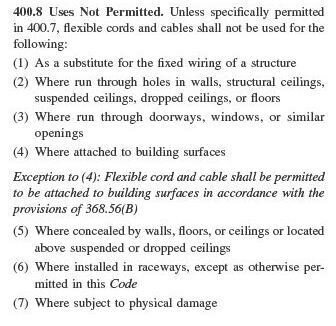I"m with josh, on this. I run
DMX on unshielded Cat-5 on a regular basis, with little to no issues. Rick, I would be willing to believe that you might be dealing with an issue of distance rather then of shielding. If that's the case, and You still have access to the space, then what might not be a bad idea is either putting a
switch in
line somewhere between
point A and
Point B just to boost the signal. It's usually under 20 bucks at radio shack. I think you may find that will help a lot. To my knowledge the only reason to
shield Cat-5 would require shielding is to protect the cable. Cat-5 also doesn't care if it's in a
conduit or not.
As for drilling holes in walls, we did it all the time when I was working low
voltage stuff. First we would drill a hole, then we would cut a piece of
conduit at about a 2ft' length and then shoot it through the hole, on each side we would put flame proofed caulk. Then we would suspend the Cat-5 in the ceiling with zip ties wherever needed. I'm not familiar with that regulation in regards to drilling holes in walls. Could you tell us more about the rules that these guys broke, because the things that they are getting called out for are pretty...... Odd. We may be Looking at some differences due to local regulations as opposed to National.



